At Angel Aviation, we believe that understanding the National Airspace System (NAS) is just as crucial as weather knowledge when it comes to becoming a safe and confident pilot. Whether you’re navigating the busy skies over Phoenix or flying VFR in the remote wilderness of Alaska, knowing your airspace is key to smart decision-making.
If you’re preparing for your Private Pilot License (PPL) checkride, this guide will walk you through everything our instructors expect you to know — so you can master the airspace section with confidence and clarity.
Why Airspace Knowledge Matters at Angel Aviation
Knowing your airspace isn’t about memorizing charts — it’s about maintaining situational awareness, legal compliance, and safety. Our instructors teach airspace not just to help you pass your oral exam, but to help you avoid airspace violations, navigate complex environments, and communicate effectively with ATC.
During your checkride, your DPE will expect you to identify airspace classes on a sectional, explain entry and weather requirements, and apply that knowledge in real-world scenarios.
Breaking Down the National Airspace System
Class A
- Starts at 18,000’ MSL up to FL600
- IFR only — no VFR traffic allowed
- Requires: IFR clearance, instrument rating, Mode C transponder
Class B
- Surrounds major airports (think: Phoenix Sky Harbor)
- Surface to ~10,000’ MSL, individually tailored “upside-down wedding cake”
- Requires: ATC clearance, two-way radio, Mode C transponder
- Private Pilot Certificate required (or student with endorsement)
Class C
- Medium-sized airports (like Tucson or Fairbanks)
- Core: surface to 4,000’ AGL (5 NM radius); Shelf: 1,200’–4,000’ AGL (10 NM radius)
- Requires: two-way radio contact and Mode C transponder
Class D
- Smaller towered airports (often where our students train)
- Surface to 2,500’ AGL
- Two-way radio contact required; no transponder unless within Mode C veil
Class E
- Controlled airspace that isn’t A, B, C, or D
- Begins at either 1,200’ AGL or 700’ AGL (magenta shading), depending on location
- Extends up to Class A (18,000’ MSL)
- VFR requirements change based on altitude and time of day
Class G
- Uncontrolled airspace
- From surface up to base of overlying Class E
- Common in remote training environments like parts of Alaska
VFR Weather Minimums You Must Know
This is checkride gold. Know it cold — and know how to apply it.
| Airspace | Day (VFR Minima) | Night (VFR Minima) |
| Class A | IFR only | IFR only |
| Class B | 3 SM, Clear of Clouds | 3 SM, Clear of Clouds |
| Class C/D | 3 SM, 500’-1,000’-2,000’ (below, above, horizontal) | |
| Class E <10K | 3 SM, 500’-1,000’-2,000’ | |
| Class E >10K | 5 SM, 1,000’-1,000’-1 SM | |
| Class G Day | 1 SM, Clear of Clouds (below 1,200’ AGL) | |
| Class G Night | 3 SM, 500’-1,000’-2,000’ |
Special Use and Other Airspace You’ll Be Quizzed On
Our DPEs love scenario questions like, “You’re flying near an MOA — what do you do?”
Know These Cold:
- Prohibited Areas (P-###): No entry. Ever.
- Restricted Areas (R-###): May be active — call FSS or check NOTAMs.
- MOAs (Military Operations Areas): Can fly VFR, but use extreme caution.
- Alert Areas: High volume of pilot training or unusual aerial activity.
- Controlled Firing Areas (CFAs): Not charted — activities stop when aircraft are spotted.
- TFRs: Temporary Flight Restrictions — check NOTAMs, especially in fire season or around VIP movement.
How to Read Airspace on Sectionals
We train every Angel Aviation student to read and interpret sectional charts with confidence.
- Solid blue lines: Class B
- Solid magenta lines: Class C
- Dashed blue lines: Class D
- Dashed magenta lines: Class E to surface
- Fuzzy magenta shading: Class E starts at 700’ AGL
- Fuzzy blue shading: Class E starts at 1,200’ AGL
- No shading: Class G to 1,200’ AGL
Practice identifying all of this during your solo prep and mock orals with your instructor.
Communication and Equipment Requirements
You’ll be expected to explain what’s required to enter each airspace:
| Airspace | ATC Clearance? | Radio? | Transponder? |
| A | Yes | Yes | Yes (Mode C) |
| B | Yes | Yes | Yes (Mode C) |
| C | Two-way comms | Yes | Yes (Mode C) |
| D | Two-way comms | Yes | No |
| E/G | No | Not unless controlled airport | No (unless within Mode C veil) |
Scenario-Based Airspace Questions We Practice
Your DPE might ask:
- “Can you enter this Class C airspace as a student pilot?”
- “What altitude does Class E begin here?”
- “You’re in Class G airspace — what are your weather minimums at night?”
- “You accidentally enter a TFR — what do you do?”
At Angel Aviation, we rehearse these questions in briefings, sim sessions, and during your solo prep — so you’re never caught off guard.
Resources Every Angel Pilot Uses
We train you to use real-world tools to stay airspace aware:
- ForeFlight or Garmin Pilot: Check airspace overlays and TFRs in-flight
- Sectionals and VFR charts (paper and digital)
- NOTAMs via AviationWeather.gov and 1800WXBRIEF
- Advisory Circulars (like AC 90-66): Especially useful for non-towered airport ops
Final Checkride Prep: Know the Why, Not Just the What
At Angel Aviation, we teach you more than just the regs — we teach you to think like a pilot. Know your airspace inside and out, but more importantly, know how to apply that knowledge to real-world flying.
Need Extra Help?
Ask your instructor for an Airspace Deep Dive Session, or attend our Checkride Prep Workshop. We’ll walk you through sectional chart drills, scenario practice, and mock oral questions — all designed to make you checkride-ready.
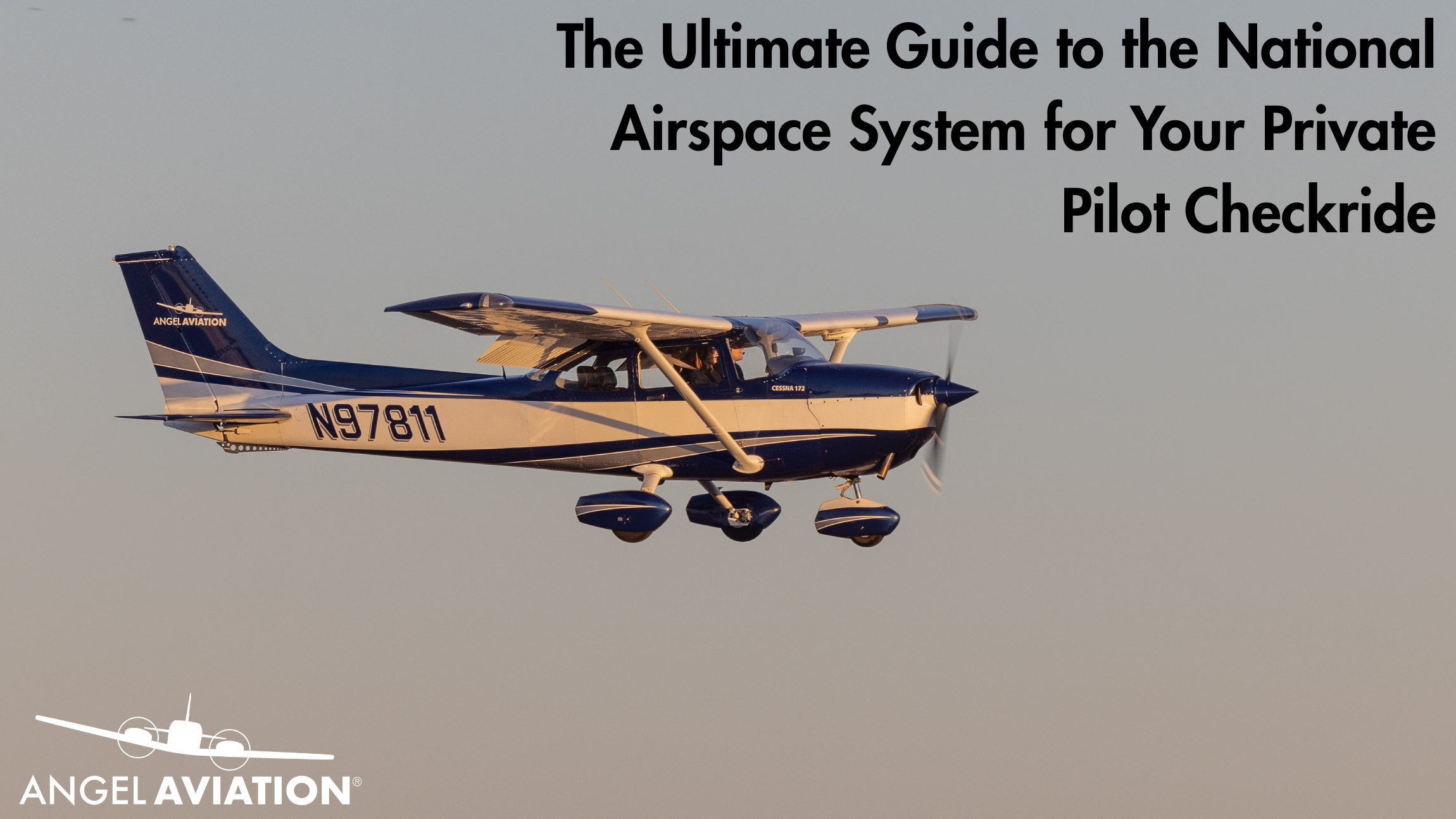
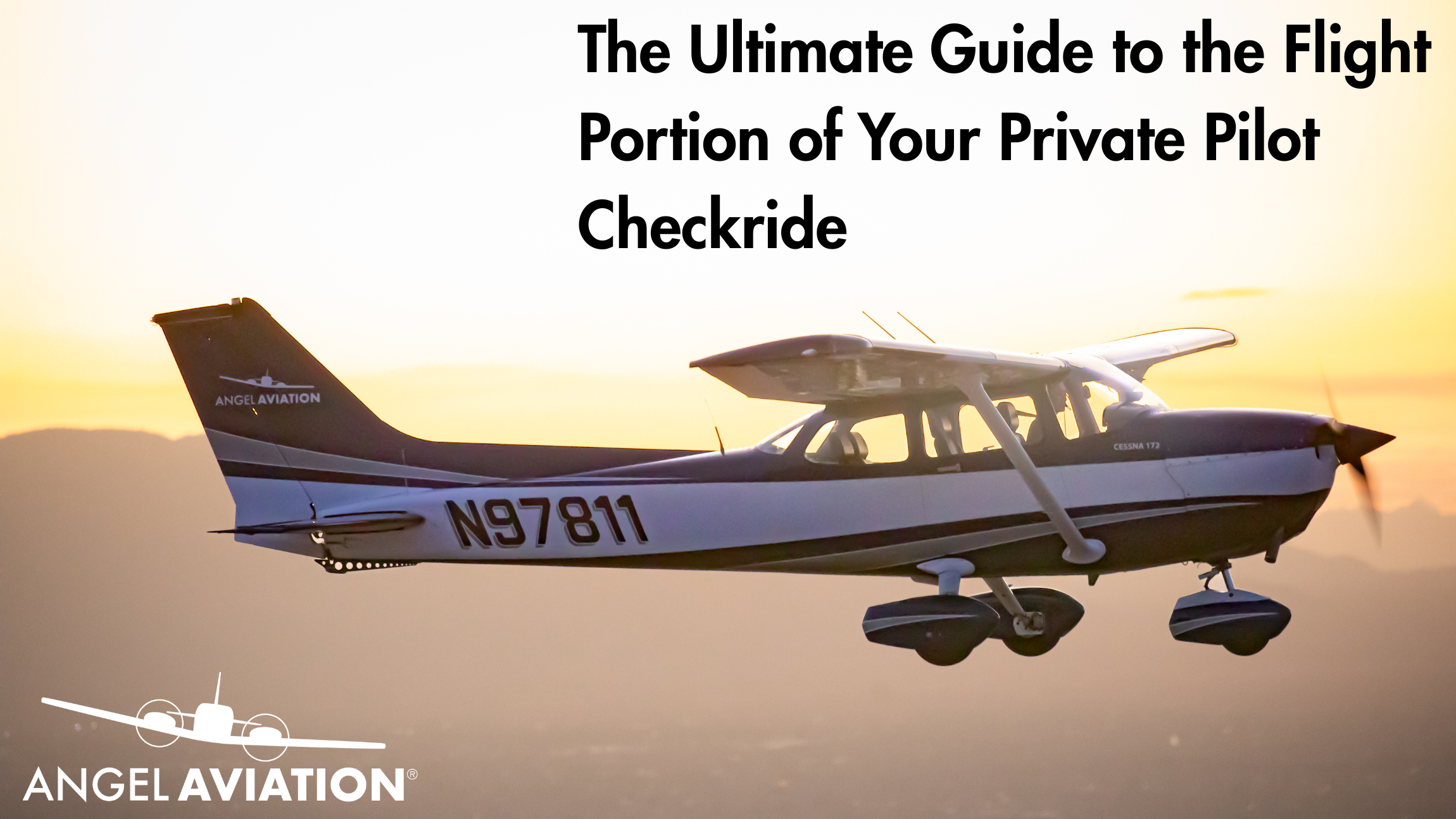
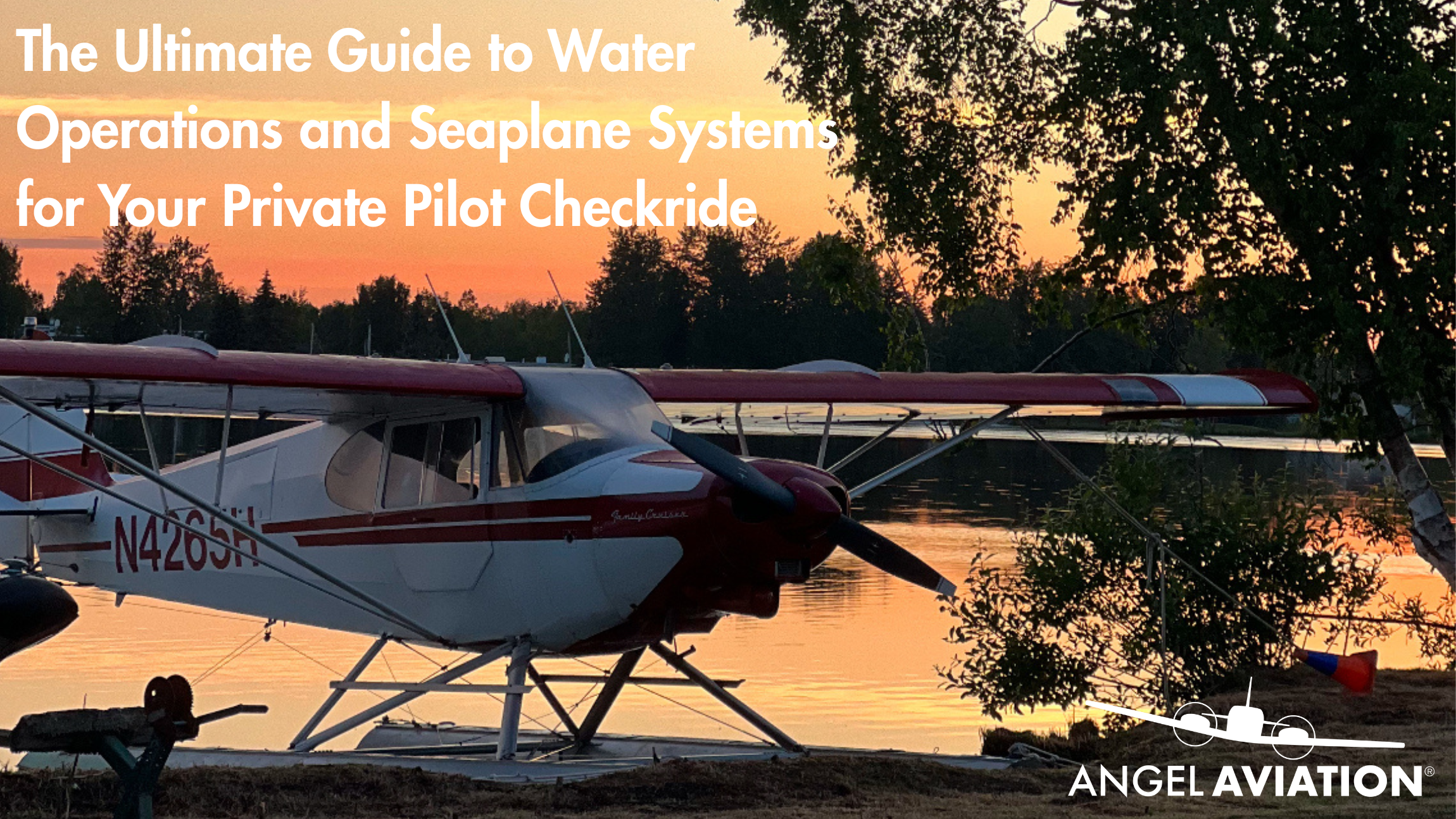

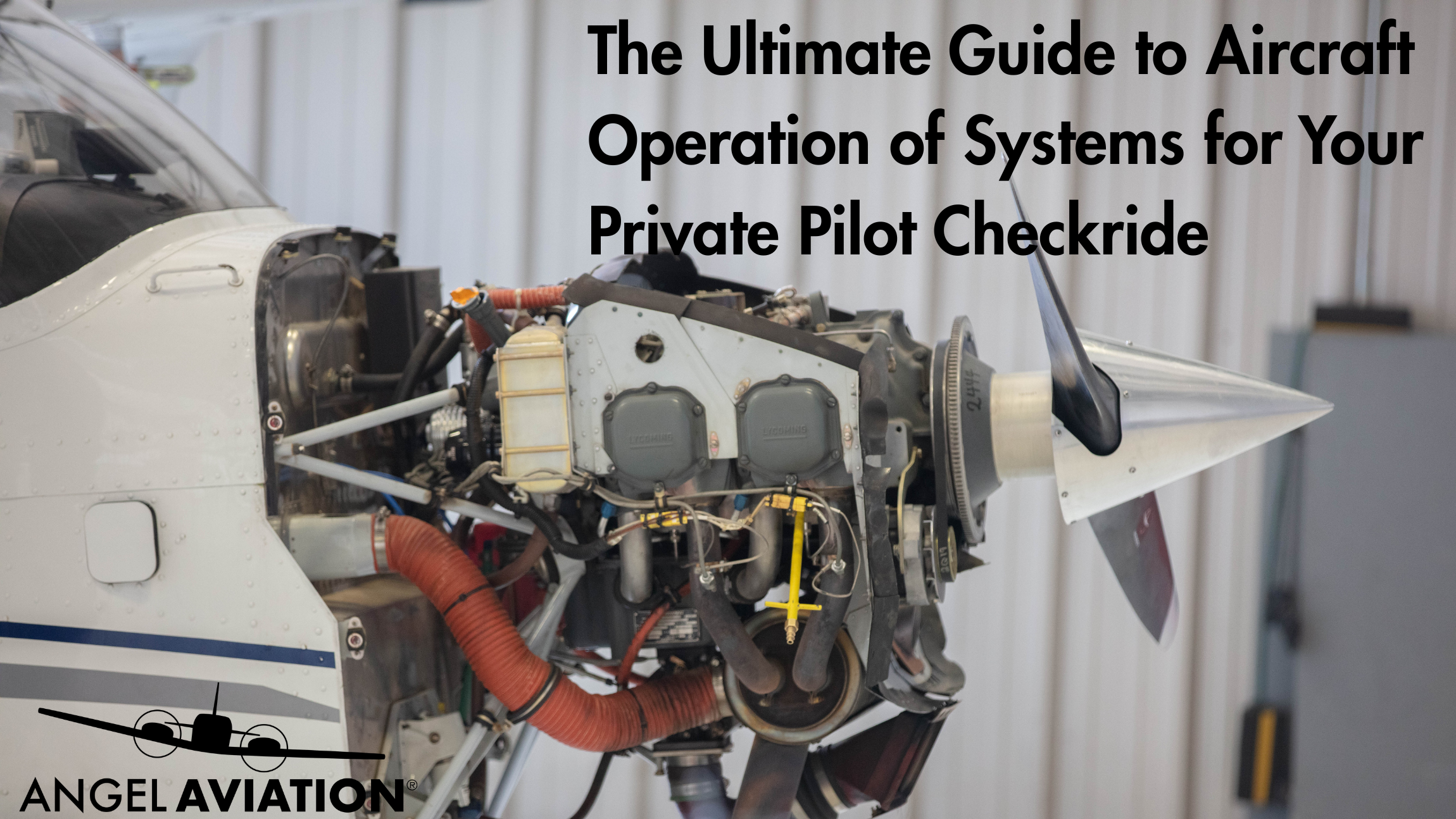
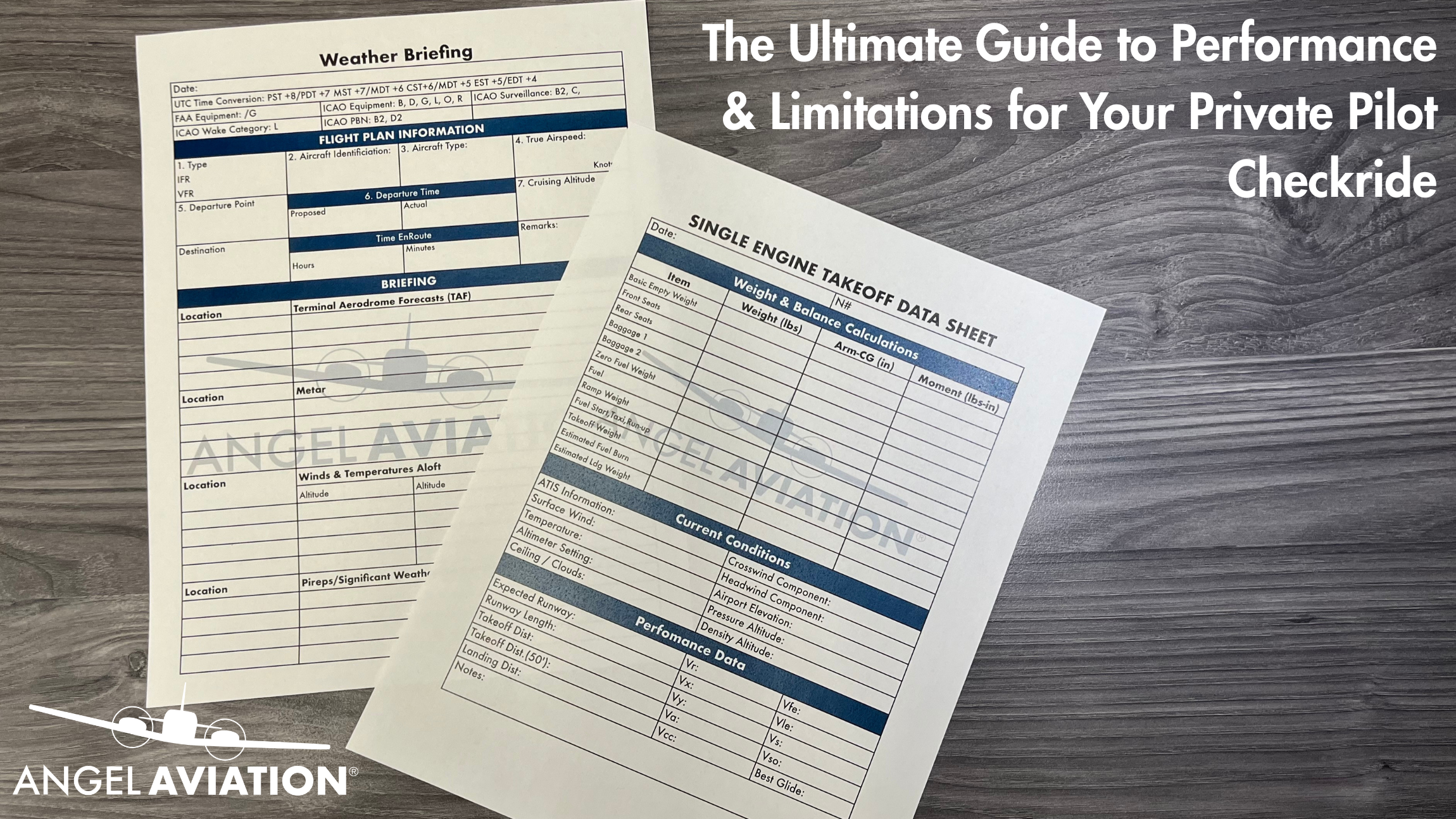
Leave A Comment